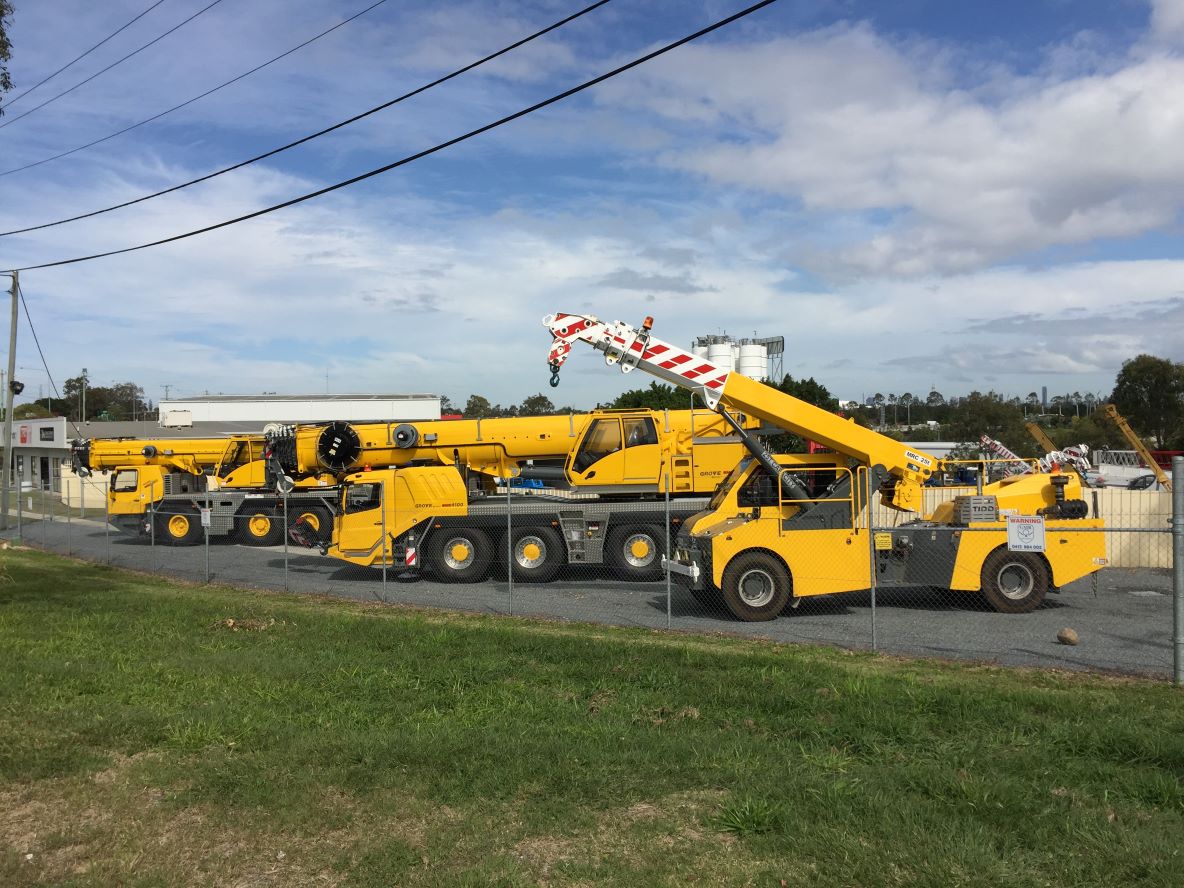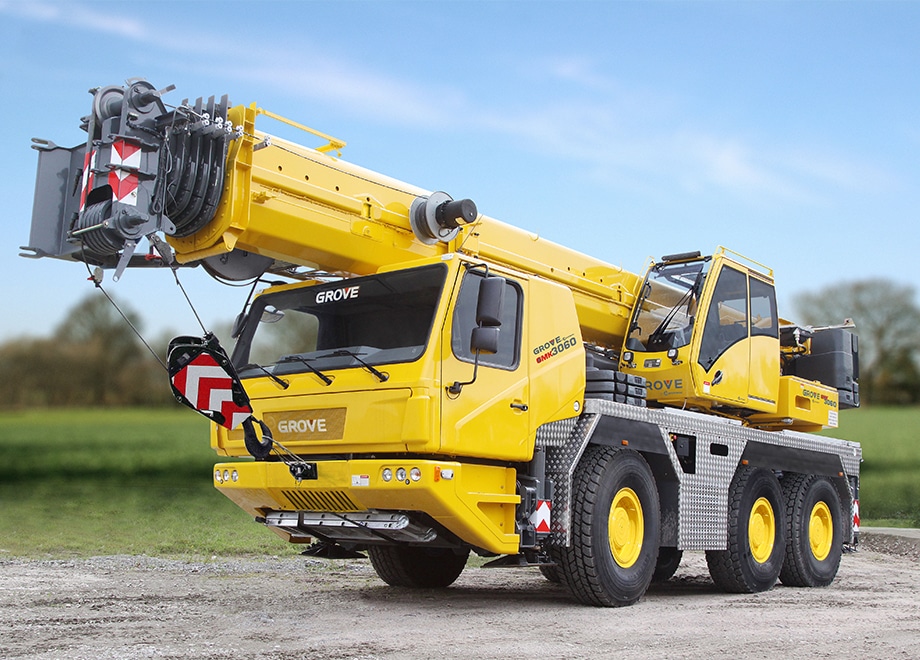A crane inspection programme is a systematic approach to evaluating the safety and functionality of cranes used in various operations. This programme encompasses routine, periodic, and detailed inspections to ensure that cranes are operating safely and in compliance with regulations.
Regular inspections are critical as they help identify potential issues before they lead to accidents, thereby safeguarding workers and minimising downtime.
Overview of the Australian Context
In Australia, crane inspections are governed by several regulations, primarily enforced by Safe Work Australia and outlined in Australian Standards such as the AS 2550 series. These standards detail the requirements for crane operation, maintenance, and inspections.
Given Australia’s robust construction and mining industries, where cranes are integral to operations, ensuring compliance through effective inspection programmes is paramount for safety and operational efficiency.
Understanding Legal Requirements
Relevant Legislation and Standards
Key regulations, such as the Work Health and Safety (WHS) Act, outline the responsibilities of employers and workers regarding safety at the workplace, including crane operation and inspections.
The AS 2550 series specifies the safe use of cranes, including maintenance and inspection frequency. These regulations typically require daily operator checks, regular inspections by competent personnel, and detailed inspections at defined intervals.
Importance of Compliance
Non-compliance with inspection regulations can lead to severe consequences, including hefty fines, legal action, and, most importantly, accidents that may result in injuries or fatalities. For instance, there have been incidents in Australia where inadequate inspections led to crane collapses, resulting in injuries and significant financial loss. These examples highlight the importance of adhering to established safety standards.
Components of an Effective Crane Inspection Programme
Inspection Types
There are three main types of crane inspections:
- Routine Inspections: Daily checks performed by operators to ensure the crane is safe to operate.
- Periodic Inspections: Scheduled assessments conducted by qualified professionals, usually every three to twelve months, depending on the crane’s usage and manufacturer’s recommendations.
- Detailed Inspections: Comprehensive evaluations that may occur annually or biannually, focusing on all aspects of the crane’s operation and structural integrity.
Developing an Inspection Checklist
An effective inspection checklist should include essential items such as:
- Structural integrity (e.g., hoist mechanisms, outriggers)
- Safety features (e.g., emergency stop buttons, limit switches)
- Load capacity indicators
- Inspection of hydraulic systems and electrical components
Customising the checklist based on specific crane types and their intended uses ensures that all relevant safety aspects are covered.
Training and Certification
Training Requirements for Inspectors
To conduct crane inspections effectively, inspectors must possess the necessary qualifications and certifications. In Australia, this typically includes obtaining a High-Risk Work License for operators and undergoing specific training programs tailored to crane inspection.
Courses are available from various registered training organisations (RTOs), covering both theoretical and practical aspects of crane safety and maintenance.
Ongoing Education
Continuous training is vital in keeping inspectors updated on new technologies, regulatory changes, and industry best practices. Establishing a culture of safety within the organisation encourages employees to participate in regular training sessions, fostering a proactive approach to crane safety.

Implementation of the Inspection Programme
Establishing Roles and Responsibilities
Clearly defining roles and responsibilities within the inspection programme is crucial. Key personnel may include safety officers, crane operators, maintenance staff, and external inspectors. Each team member should understand their responsibilities, from performing daily checks to conducting detailed inspections and addressing identified issues.
Creating a Schedule
Developing a systematic inspection schedule is essential for maintaining compliance and safety. Inspections should be organised daily, weekly, and monthly, allowing for flexibility to accommodate unexpected checks and urgent maintenance needs. This proactive approach helps mitigate risks and ensures equipment is always in safe working condition.
Use of Technology in Inspections
Tools and Equipment for Inspections
Incorporating technology into crane inspections can significantly enhance efficiency. Tools such as drones for aerial inspections, software for tracking inspection schedules, and mobile apps for real-time reporting streamline the process and provide comprehensive oversight of crane operations. These technologies enable inspectors to conduct assessments more thoroughly and safely.
Data Management
Effective data management is critical for improving safety practices. Keeping detailed records of inspection results allows organisations to identify trends, anticipate maintenance needs, and address recurring issues. Analysing this data can inform better decision-making and lead to improved crane safety practices over time.
Communicating Findings and Feedback
Reporting Inspection Results
Effective documentation and reporting of inspection findings are vital for maintaining transparency. Establishing a clear process for documenting issues, including severity and recommended corrective actions, ensures all stakeholders are informed. This transparency fosters accountability and encourages adherence to safety protocols.
Implementing Corrective Actions
When issues are identified during inspections, it is crucial to have procedures in place for addressing them promptly. This may involve conducting repairs, adjusting operational practices, or scheduling follow-up inspections to verify compliance with recommended corrective actions. Prompt follow-up helps maintain safety standards and reinforces the importance of the inspection programme.
Evaluation and Continuous Improvement
Reviewing the Programme
Regularly reviewing the crane inspection programme ensures its effectiveness and relevance. This evaluation should include gathering feedback from personnel involved in the inspection process, allowing for insights into areas for improvement. Engaging team members in this review fosters a collaborative approach to safety.
Adapting to Changes
Adapting the inspection programme to accommodate regulatory changes, advancements in technology, and industry best practices is essential for maintaining a high standard of safety. Regularly updating training and procedures ensures that the organisation remains compliant and responsive to emerging safety challenges.
Conclusion
Developing an effective crane inspection programme in Australia involves understanding legal requirements, identifying key components, ensuring proper training, and leveraging technology for efficient inspections. Establishing clear roles, creating schedules, and maintaining open communication are also essential for success.
Organisations must prioritise crane safety and compliance by implementing a robust inspection programme. Seeking expert advice or training can further enhance safety practices and contribute to a culture of safety within the organisation. Remember, effective crane inspection is not just a regulatory requirement; it is a crucial aspect of ensuring the safety and wellbeing of all workers involved in crane operations.
